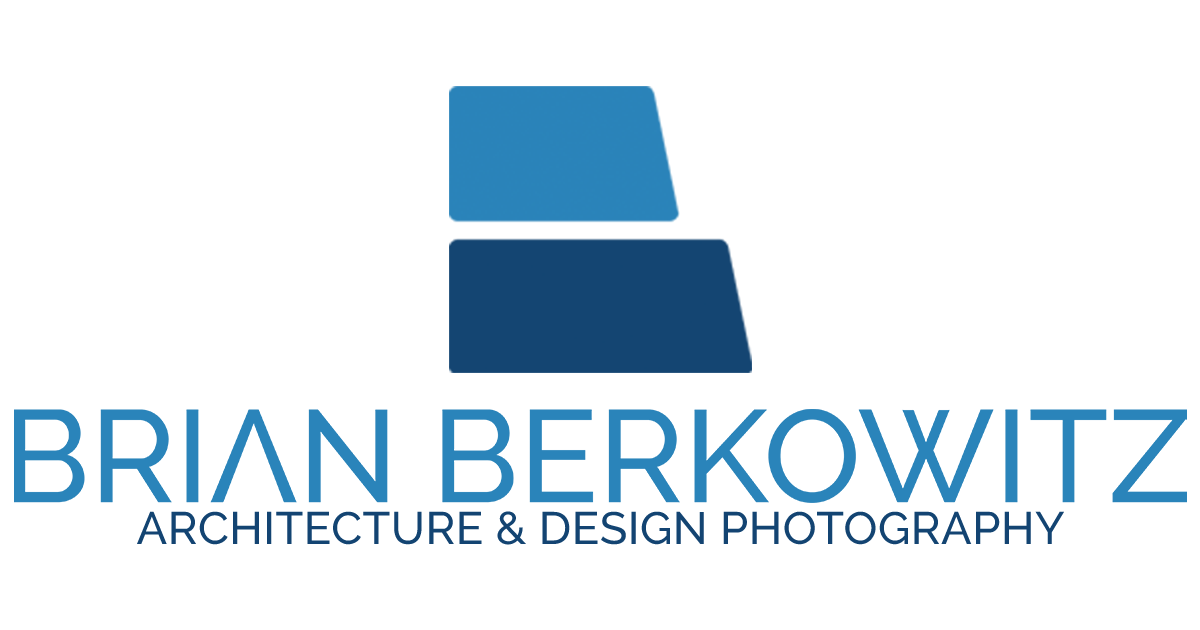Why I shoot Tethered for Architectural & Design Photography
I often get asked about my shooting process, on-site and explain that I shoot tethered. For new clients, the initial question is usually: “What does that mean”? I am writing this article in the hopes of explaining what it means to shoot tethered, and why I adapted it into my shooting practice.
Why You Shouldn't Hire A Real Estate Photographer For Your Interior Design or Architectural Shoot
When I first started out shooting interiors, I was mostly a real estate photographer. I was fairly set in my ways and a few years in, I was lucky enough to specializing in luxury listings. Then I received a call from an interior designer who wanted some photos of a recent project she just completed. I said to her: “great, that’s what I do”




